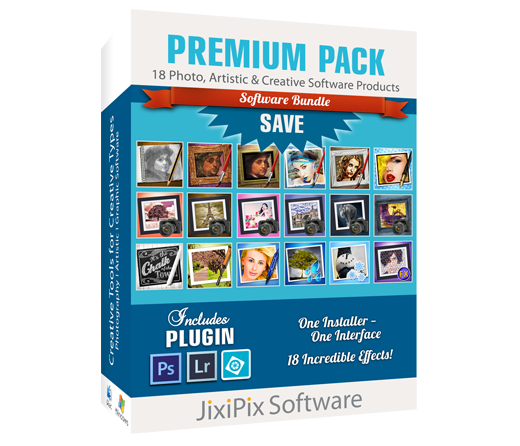88YTY News Hub
Stay updated with the latest trends and news.
Creative Software: Your New Best Friend in Design
Unlock your creative potential with the best design software! Discover tools, tips, and tricks to elevate your projects today!
Top 5 Creative Software Tools Every Designer Should Know
In the ever-evolving world of design, staying updated with the right tools is essential for unleashing creativity. Here are the Top 5 Creative Software Tools Every Designer Should Know:
- Adobe Creative Cloud: This powerhouse suite includes tools like Photoshop, Illustrator, and InDesign, catering to every design need, from photo editing to vector graphics.
- Sketch: A favorite among UI/UX designers, Sketch provides an intuitive interface and a robust set of features tailored for digital design.
- Figma: Perfect for collaboration, Figma allows multiple users to work on a project simultaneously, making it a must-have for team projects.
- Canva: For quick designs, Canva is user-friendly and offers numerous templates that can save time without sacrificing quality.
- Procreate: This iPad app is ideal for illustrators, providing a natural drawing experience with a variety of brushes and tools.

How to Choose the Right Creative Software for Your Design Needs
Choosing the right creative software for your design needs is crucial for maximizing your productivity and enhancing your creativity. Start by assessing your specific requirements: What type of design projects will you be working on? For graphic design, tools like Adobe Photoshop or Illustrator are industry standards, while video editing may necessitate software like Adobe Premiere Pro or Final Cut Pro. Make a list of features you need, such as vector editing, raster capabilities, or 3D modelling, and prioritize these when researching options.
Another important factor is compatibility. Ensure that the creative software you choose works seamlessly with your existing hardware and other tools in your workflow. Consider whether you need a cloud-based platform for collaboration, or if a standalone solution suits your style better. Setting a budget is also essential, as some software can be pricey. Consider subscription models versus one-time purchases. Ultimately, take advantage of free trials and tutorials to test the software before committing, ensuring it aligns with your creative goals.
The Benefits of Using Creative Software in Your Design Workflow
In today's fast-paced digital landscape, leveraging creative software is crucial for enhancing your design workflow. These tools streamline processes, allowing designers to focus on creativity rather than getting bogged down by tedious tasks. For instance, options like Adobe Creative Cloud provide a suite of programs that integrate seamlessly, enabling faster project turnaround times. By implementing creative software, designers can optimize their efficiency and ultimately improve the quality of their work.
Furthermore, creative software fosters collaboration and innovation within teams. Features such as real-time editing and cloud storage allow multiple designers to contribute to projects simultaneously, enhancing not just productivity but also the creative output. The ability to share ideas and designs instantly reduces bottlenecks and encourages feedback, leading to more refined and impactful results. In short, the adoption of creative software equips designers with the necessary tools to excel in a competitive environment, ultimately driving success and growth.